
Suzuki has unveiled the specifications of the 2021 GSX-S1000 naked motorcycle that is set to be launched internationally in June.
Visually, the new GSX-S1000 is subject to new bodywork and lighting, with a focus on sharp, angular and aggressive lines. The super naked is available in traditional metallic triton blue, a new mechanical matt grey, and stealthy gloss black colour options.
Further complementing the looks are textured radiator shrouds, MotoGP-inspired winglets, and side panels that feature an urban camo-inspired design. The vertically-stacked LED headlight, apart from setting an intimidating posture, also provides great visibility. There’s a new LED taillight, too, flanked by LED indicators on both sides.
Mechanically, the inline four-cylinder engine produces more power and a broader spread of torque in the lower rev ranges to deliver ideal naked sports bike performance. Fundamental changes include a new intake, exhaust camshaft, valve springs, clutch, and an exhaust. An additional catalytic converter ensures the Japanese superbike meets Euro 5 emissions requirements; this, paired with the new electronic throttle body kit, results in unparalleled refinement through the rev range.
- 2021 GSX-S1000 gets a new look, with sharp, aggressive bodywork and futuristic LED lighting design.
- An updated, Euro 5 compliant 152PS inline four-cylinder engine with enhanced mechanical changes.
- Gets new electronics, including a quick-shifter and auto-blipper, selectable engine maps and more levels of traction control.
- Gets a larger fuel tank and wider-set handlebars.
Suzuki’s Clutch Assist System partially disengages to reduce negative engine torque and mitigate the effect of engine braking when downshifting from high RPM. This helps prevent the rear wheel from locking up or hopping and provides smoother deceleration, enabling the rider to shift down with greater confidence and maintain better control when downshifting into corners.
The GSX-S1000 comes with an updated ride-by-wire throttle making it possible for riders to more accurately and finely control the relationship between throttle actuation and engine response. The Suzuki Drive Mode Selector (SDMS) allows riders to choose from one of three engine maps, all of which deliver the same peak power, but at varying aggression, depending on the riding conditions or personal preferences.
Performance is enhanced thanks to a bi-directional quick-shifter, which reduces the need to operate the clutch during gear changes or close the throttle on upshifts or blip it on downshifts. A new traction control system comprises five modes that can also be switched off. All the information is displayed on an updated and easy-to-read LCD dash.
The skeleton of the highly capable motorcycle is a twin-spar aluminium chassis mated to a rigid, GSX-R-derived swingarm for agile, sporty performance and handling. The new 23mm wide tapered bars are set 20mm closer to the rider to improve comfort without compromising handling.
Fully adjustable KYB front forks and a preload and rebound damping adjustable rear shock take care of suspension duties, while 310mm front discs are paired with Brembo monobloc callipers to ensure confident braking. A larger, 19-litre fuel tank returns a range of close to 194 miles and the tyres are custom-engineered Dunlop Roadsport 2 models. (MT)
Bajaj Auto Intros Updated Pulsar 150 Range At INR 108,772
- By MT Bureau
- December 24, 2025
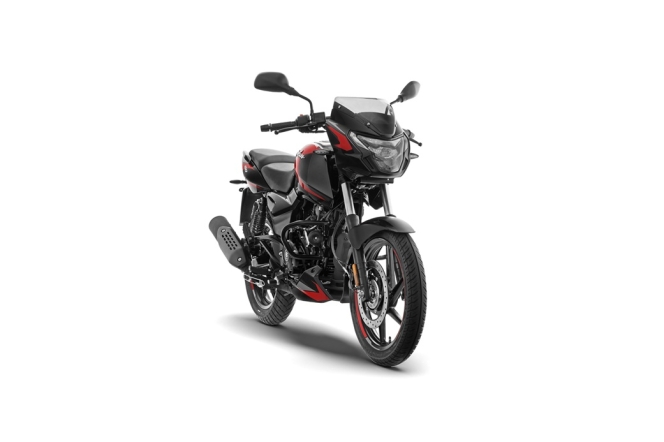
Bajaj Auto, one of the leading two-wheeler and three-wheeler manufacturers, has updated its popular Pulsar 150 motorcycle range. The updates include the introduction of LED headlamps and LED blinkers to the model, which the company states is intended to improve visibility and usability while maintaining the vehicle's design identity.
The updated range is available at the following ex-showroom Delhi prices – Pulsar 150 SD at INR 108,772, Pulsar 150 SD UG at INR 111,669 and Pulsar 150 TD UG at INR 115,481.
The motorcycle retains its frame and stance, though Bajaj has introduced new colour options and graphics. The Pulsar 150 continues to utilise DTS-i (Digital Twin Spark-ignition) technology, which uses two spark plugs to ignite the air-fuel mixture in the combustion chamber, intended to improve combustion efficiency and power output.
The update focuses on integrating modern lighting components into the existing platform, which originally established the sports motorcycling segment in India.
Sarang Kanade, President, Motorcycle Business Unit, Bajaj Auto, said, “The Pulsar 150 has defined performance motorcycling for generations. With this update, we have preserved its classic character while thoughtfully adding modern LED lighting, ensuring the Pulsar 150 remains relevant, recognisable and Definitely Daring.”
Suzuki Motorcycle India Conducts Access Mileage Contest In Palwal
- By MT Bureau
- December 24, 2025
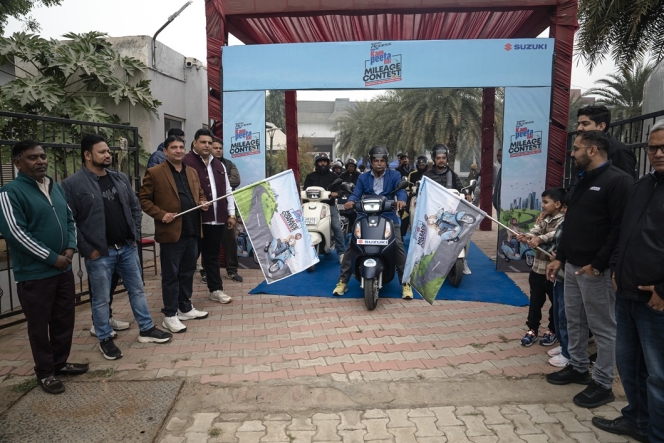
Suzuki Motorcycle India (SMIPL), the subsidiary of Suzuki Motor Corporation, Japan, held a mileage contest for the Suzuki Access scooter in Palwal. The event involved 35 participants, including current owners and prospective buyers, to test the fuel efficiency of the scooter under city driving conditions.
The initiative is part of the brand’s ‘Pickup Bhi, Mileage Bhi’ strategy, which focuses on balancing engine performance with fuel economy and build quality.
The event was organised in partnership with RV Suzuki in Palwal. The participants, all of whom had purchased their scooters within the last year, followed a specific testing protocol: a designated 20-kilometre circuit on city roads, scooters were operated on a full tank, then refilled at the end of the journey to calculate the exact fuel consumed. Potential customers were provided with test rides and the opportunity to interview existing owners regarding reliability and comfort.
Deepak Mutreja, Vice-President, Sales & Marketing, Suzuki Motorcycle India, said, “The Suzuki Access Mileage Contest places a strong focus on fuel efficiency, bringing our brand promise of ‘Pickup Bhi, Mileage Bhi, Shandar Quality Ke Sath’ to life. By riding on city roads, participants experience the scooter’s real-world mileage. Along with mileage, customers also get to experience the quality and reliability that have made the Access a trusted choice of over 6 million customers. We appreciate the participation from customers in Palwal. We will continue to extend such on-ground initiatives to more cities across India, allowing customers to connect closely with out two-wheelers and witness their performance firsthand.”
The company intends to expand these on-ground initiatives to additional cities across India to demonstrate the performance of its two-wheeler portfolio in local environments.
Ola Electric Launches Hyperservice Centres With Same-Day Service Guarantee
- By MT Bureau
- December 23, 2025
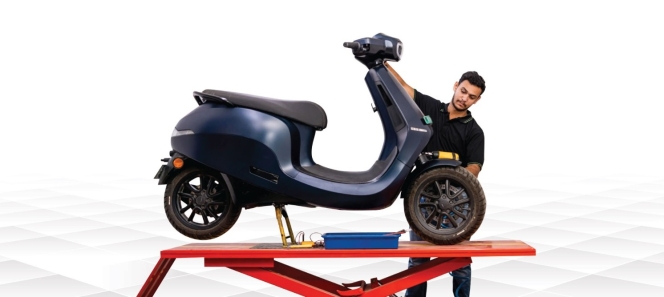
Bengaluru-based electric vehicle maker Ola Electric has expanded its Hyperservice initiative by launching dedicated centres that offer a same-day service guarantee for eligible customers at no extra cost. The company will upgrade its existing service infrastructure into Hyperservice Centres, beginning with a facility in Indiranagar, Bengaluru.
The expansion is intended to reduce service lead times and increase transparency through a digital workflow.
The Hyperservice Centres include several facilities for customers and technical upgrades for vehicle maintenance. The waiting area includes a lounge and Wi-Fi connectivity for customers. Real-time visibility of the servicing stages is provided via the Ola Electric app. Going forward, the company plans to upgrade selected centres across India in the coming weeks.
Ola Electric has also transitioned Hyperservice into an open platform. This move makes the company’s spare parts, diagnostic tools, and training modules available to independent garages, mechanics, and fleet operators.
Under this model, parts can be purchased directly through the Ola Electric app or website. This is intended to allow garages and customers to access components without the use of intermediaries.
“As part of the ongoing service upgrade we are reimagining many of the fundamental aspects of the service experience. We see it as a core part of Ola ownership, and it needs the same level of innovation as the product itself. With Hyperservice Centres, we are setting a new benchmark – same-day service guarantee. At no extra cost for any customer. This is about using technology, process redesign and scale to remove friction and give every Ola customer a faster, simpler and more transparent service experience,” said the company in a statement.
The company has rolled out an in-app service appointment feature nationwide. The tool allows users to select service slots, track the status of their vehicle, and manage maintenance requirements within the unified platform to replace traditional booking methods.
Hajime Aota Appointed Chairman Of Yamaha Motor India Group
- By MT Bureau
- December 23, 2025
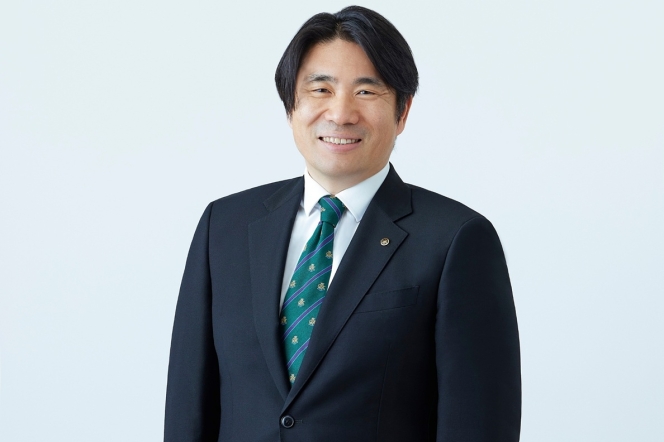
India Yamaha Motor, one of the leading two-wheeler manufacturers in the country, has announced the appointment of Hajime Aota as the Chairman of Yamaha Motor India Group, effective from 1 January 2026. He is set to succeed Itaru Otani, who held the position since November 2024.
The appointment comes as Yamaha continues its focus on the premium segment and digital integration within the Indian two-wheeler market.
Aota joins the Indian operations with experience in corporate strategy, planning and venture business development. He has held leadership roles in Japan, the United States and the United Kingdom.
Prior to this role, Aota served as Executive Officer at Yamaha Motor Co, and Chief General Manager of the Corporate Strategy Centre at the global headquarters in Japan. In these positions, he managed corporate strategy, sustainability and digital transformation.
He has also worked as Chairperson of Yamaha Motor Ventures & Laboratory Silicon Valley (YMVSV) overseeing investments in robotics, transportation, fintech and health technologies. He has also contributed towards Yamaha Motor Group’s long-term growth strategy.
Aota is a graduate of Keio University and holds a qualification from the Program for Leadership Development at Harvard Business School.
Hajime Aota, said, “I am very excited to begin my journey in India, one of the world’s most dynamic and diverse two-wheeler markets. The rapidly evolving aspirations of Indian consumers, especially the youth, align strongly with Yamaha’s focus on premium products, innovation, and a customer-centric approach. Leading Yamaha in India is a significant responsibility, and my focus is on strengthening the brand by delivering products that seamlessly combine Yamaha’s global engineering excellence with the evolving needs of Indian riders. I look forward to working closely with our teams and partners to drive sustainable growth and reinforce Yamaha’s presence in this important market.”


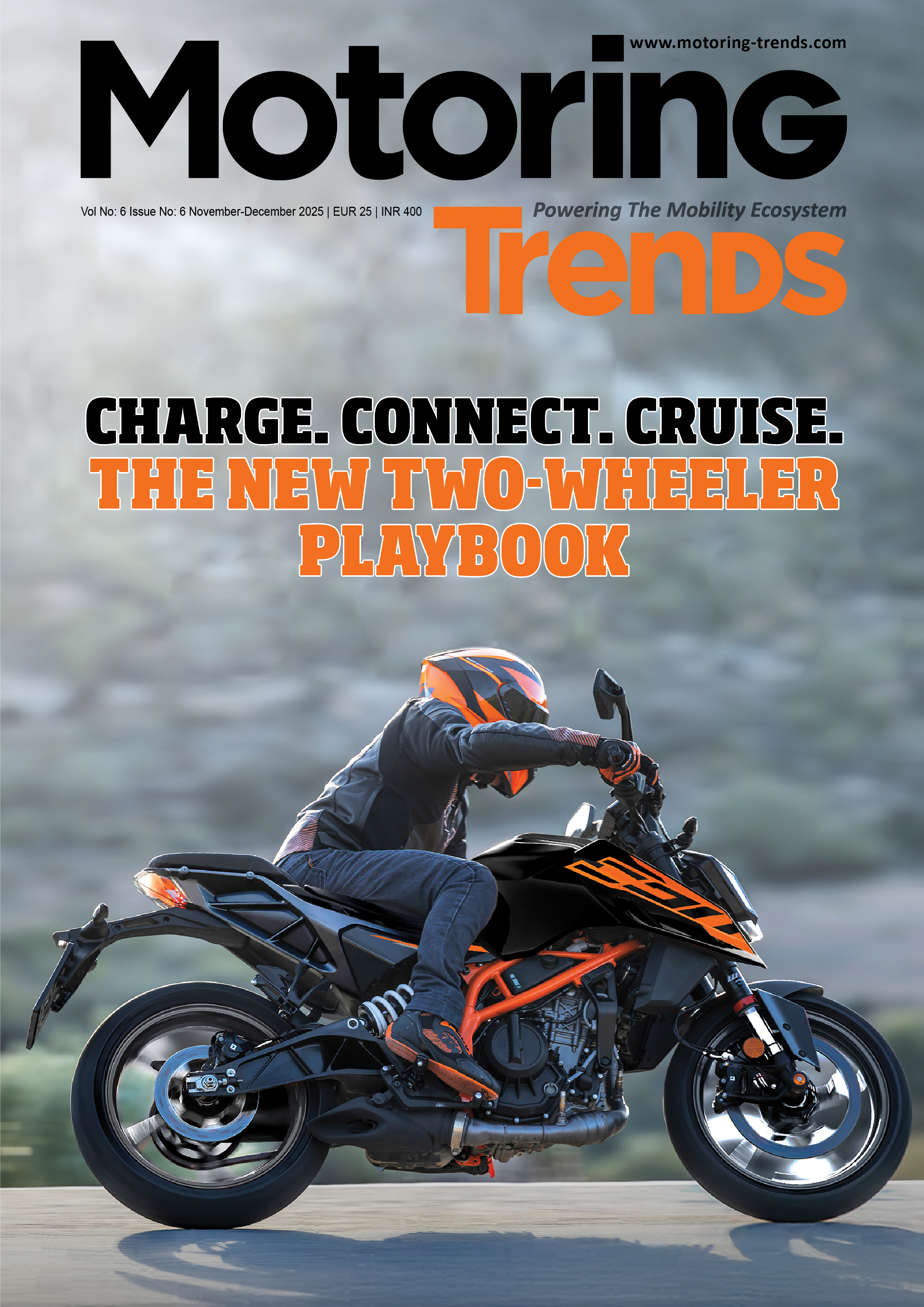



Comments (0)
ADD COMMENT